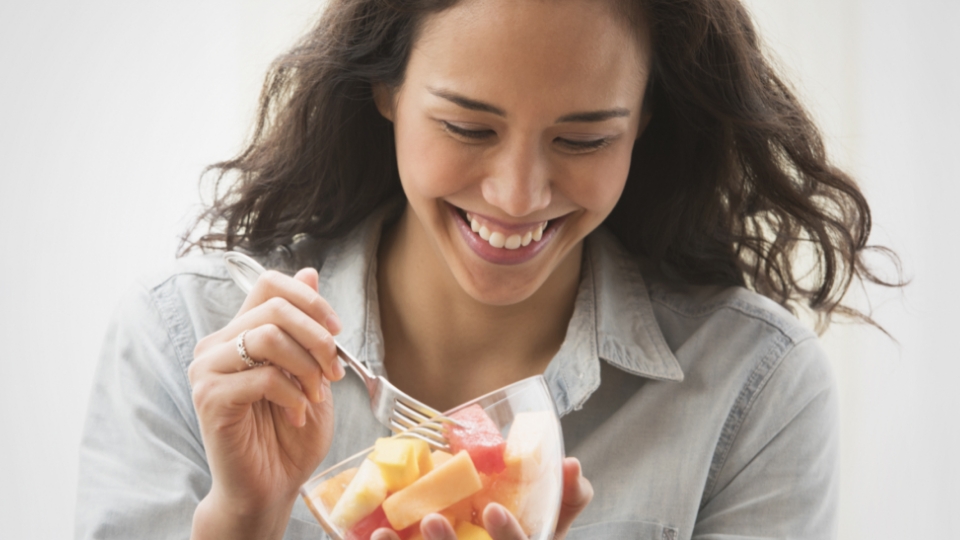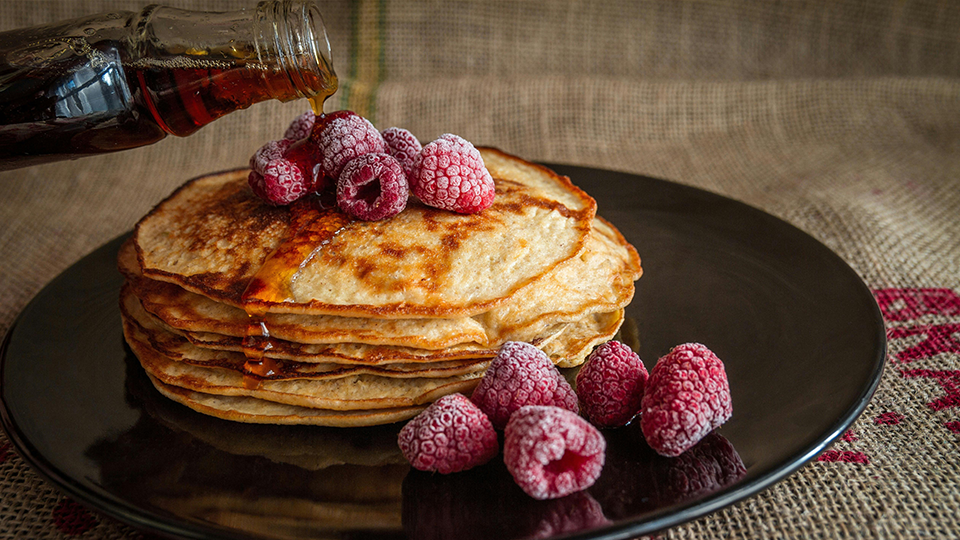Smart snack choices can be a powerful tool to help you cultivate greater nutritional wellbeing. But before you can put snacking to work for your health and wellness goals, you need to know what makes a healthy snack choice.
Here are four guidelines to follow on your way to smarter snacking:
1. Snacks Should Satisfy You Until Mealtime
Snacking to control feelings of hunger can be an important part of your Shake Day. If you allow yourself to become excessively hungry between meals, your appetite may override your better judgment. It’s much easier to make sensible choices when you don’t have to contend with a growling stomach. Protein-rich snacks are your best option for managing appetite effectively since protein helps you stay satisfied longer than other types of snacks (1, 2). Plan on a protein-packed snack to tide you over between meals, and you will be able to keep your appetite in check.
2. Snacks Fuel Your Body
Eating something small every few hours helps keep your body in muscle-building and fat-burning mode. Every time you eat a meal or a snack, your body spends some energy to convert that food to fuel for your metabolism in a process called thermogenesis. Protein has the biggest impact on thermogenesis, firing up your metabolism to a greater extent than either carbohydrates or fats (3).
3. Snacks Should be the Right Size for Your Goals
To make snacking an effective part of your wellness strategy, choose snacks that provide an appropriate number of calories to help you meet your goals. Empty calories from typical snacks add up quickly, but an oversized portion of even the most balanced snack foods will still provide more calories than your body needs. For most people, snacks that are between 100 and 200 calories are a perfect size to help you stay within your target calorie range. Portioning snacks ahead of time is an easy way to keep them at a sensible size.
100-200 Calorie Snack Ideas |
|
| 100 Calories | 200 Calories or Less |
| 1 cup fresh vegetables with 2 tablespoons of hummus | 1 large apple with 1 stick of string cheese |
| 15 raspberries with ½ cup of low-fat, plain Greek yogurt | 1 sliced medium peach with ½ cup of low-fat cottage cheese |
| 1 bag of Protein Crackers | Half a whole-wheat pita with 1 cup sliced cucumber and 2 tablespoons crumbled feta |
| 1 Plant-Based Snack Bites | 1 Fiber Snacks™ bar with ½ cup nonfat, plain Greek yogurt |
| 1 small apple with 1/4 teaspoon of almond butter | 1 Energy Bites |
4. Create a Plan and Snack on a Schedule
The most important difference between mindless grazing and healthy snacking is that healthy snacking is strategic and intentional. This is the type of snacking that can help you manage your appetite and get more of the nutrients your body needs.
- Prepare snacks with an appropriate portion size that fits your goals, usually 100 to 200 calories.
- Schedule snacks at a strategic time of day, such as midmorning or post-workout, to help manage appetite and boost energy at times when you expect to need a pick-me-up.
- Plan and prepare your snacks in advance, so the healthy choice is also the easiest choice.
- Select snack foods wisely with both flavor and nutrition in mind to enjoy more of the healthy foods your body needs.
Cultivating healthy snacking habits can be a powerful tool for nutritional wellbeing. Isagenix offers convenient, nutrient-packed snack options that can help to satisfy your cravings with sensible portion sizes that fit with your health and wellness goals.
References
- McCrickerd K, Yeomans MR. Optimising foods for satiety. Trends Food Sci Technol. 2015;41:149-160
- Leidy HJ, Campbell WW. The effect of eating frequency on appetite control and food intake: brief synopsis of controlled feeding studies. J Nutr. 2011;141(1):154-157.
- Acheson KJ, Blondel-Lubrano A, Oguey-Araymon S, et al. Protein choices targeting thermogenesis and metabolism. Am J Clin Nutr. 2011 Mar;93(3):525-34.





